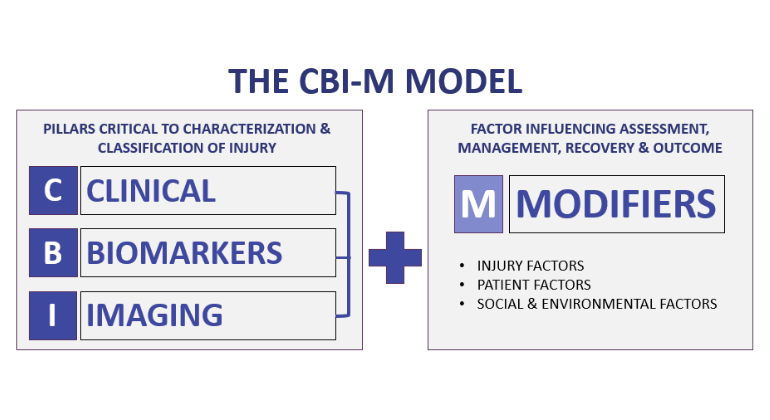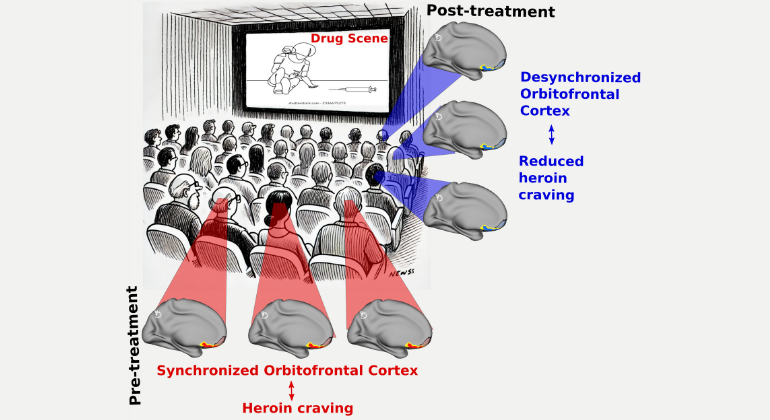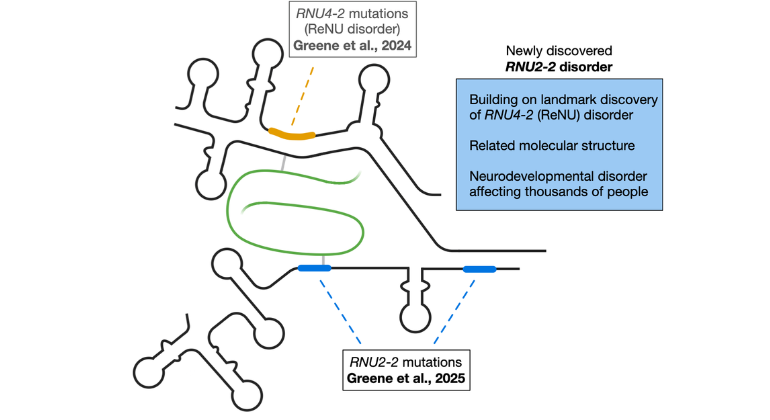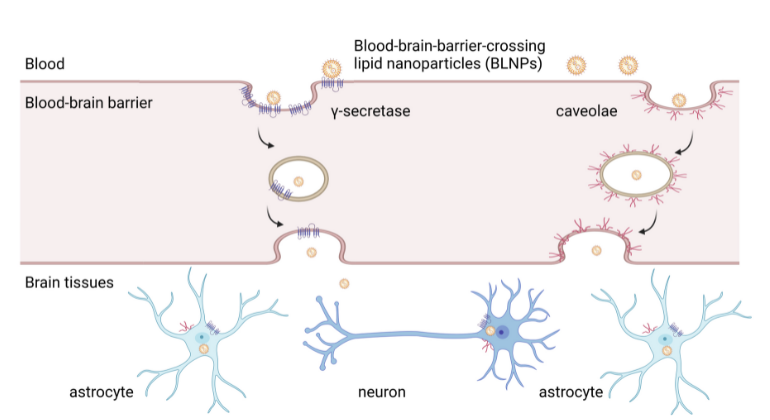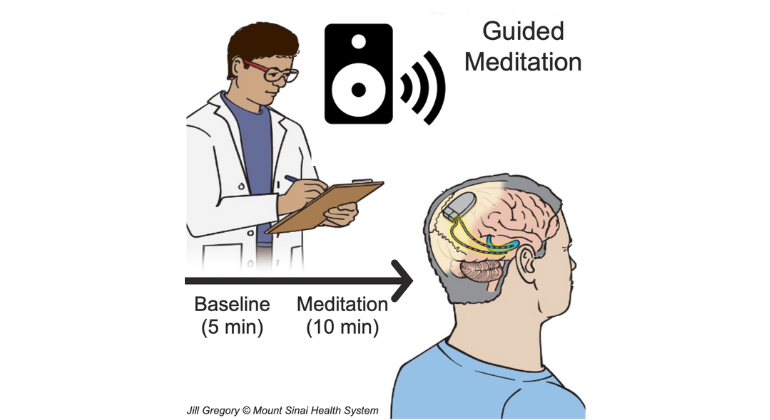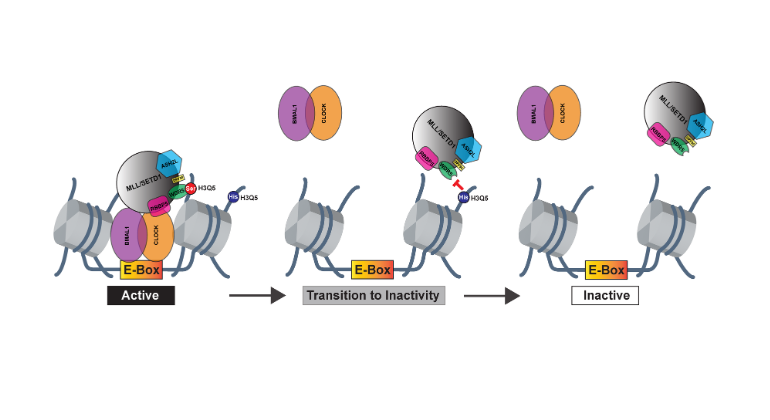Mount Sinai Researchers Uncover How a Gene Mutation Causes Parkinson’s Disease
The new finding explains how mutations lead to the development of the most common form of Parkinson’s, providing a new diagnostic and drug target for the disease.
Researchers at Mount Sinai School of Medicine have discovered a way that mutations in a gene called LRRK2 may cause the most common inherited form of Parkinson’s disease. The study, published online this month in the journal Public Library of Science, shows that upon specific modification called phosphorylation, LRRK2 protein binds to a family of proteins called 14-3-3, which has a regulatory function inside cells. When there is a mutation in LRRK2, 14-3-3 is impaired, leading to Parkinson’s. This finding explains how mutations lead to the development of Parkinson’s, providing a new diagnostic and drug target for the disease.
Using one-of-a-kind mouse models developed at Mount Sinai School of Medicine, Zhenyu Yue, PhD, Associate Professor of Neurology and Neuroscience, and his colleagues, found that several common Parkinson’s disease mutations—including one called G2019S—disturb the specific phosphorylation of LRRK2.This impairs 14-3-3 binding with varying degrees, depending on the type of mutation.
"We knew that the LRRK2 mutation triggers a cellular response resulting in Parkinson’s disease, but we did not know what processes the mutation disrupted," said Dr. Yue. "Now that we know that phosphorylation is disturbed, causing 14-3-3 binding to be impaired, we have a new idea for diagnostic analysis and a new target for drug development."
Dr. Yue’s team also identified a potential enzyme called protein kinase A (PKA), responsible for the phosphorylation of LRRK2. Although the exact cellular functions disrupted by these changes are unclear, their study provides a starting point for understanding brain signaling that contributes to the disease. Recent studies have shown that 14-3-3 binds to other proteins implicated in inherited Parkinson’s disease and has a neuroprotective function, and when the binding is impaired due to these mutations, the protection may be lost. The findings also demonstrate additional insight into the functional relevance of the LRRK2 and 14-3-3 interaction.
The presence of 14-3-3 in spinal fluid is already used as a biomarker for the presence of neurodegenerative diseases. Further applications of these findings could point to the use of 14-3-3 as a biomarker in testing for Parkinson’s disease.
Dr. Yue’s team at Mount Sinai includes Xianting Li, PhD, Associate Scientist, and Nina Pan, Associate Researcher; collaborators Brian T. Chait, PhD, and Qing Jun Wang, PhD, from the Rockefeller University; and Yingming Zhao, PhD, and Sangkyu Lee, PhD, from the University of Chicago. Dr. Yue’s work is supported by grants from the National Institutes of Health, and The Michael J. Fox Foundation for Parkinson’s Research.
About The Mount Sinai Medical Center
The Mount Sinai Medical Center encompasses both The Mount Sinai Hospital and Mount Sinai School of Medicine. Established in 1968, Mount Sinai School of Medicine is one of few medical schools embedded in a hospital in the United States. It has more than 3,400 faculty in 32 departments and 15 institutes, and ranks among the top 20 medical schools both in National Institute of Health funding and by U.S. News & World Report. The school received the 2009 Spencer Foreman Award for Outstanding Community Service from the Association of American Medical Colleges.
The Mount Sinai Hospital, founded in 1852, is a 1,171-bed tertiary- and quaternary-care teaching facility and one of the nation's oldest, largest and most-respected voluntary hospitals. U.S. News & World Report consistently ranks The Mount Sinai Hospital among the nation's best hospitals based on reputation, patient safety, and other patient-care factors. Nearly 60,000 people were treated at Mount Sinai as inpatients last year, and approximately 530,000 outpatient visits took place.
For more information, visit www.mountsinai.org. Follow us on Twitter @mountsinainyc.
About the Mount Sinai Health System
Mount Sinai Health System is one of the largest academic medical systems in the New York metro area, with 48,000 employees working across seven hospitals, more than 400 outpatient practices, more than 600 research and clinical labs, a school of nursing, and a leading school of medicine and graduate education. Mount Sinai advances health for all people, everywhere, by taking on the most complex health care challenges of our time—discovering and applying new scientific learning and knowledge; developing safer, more effective treatments; educating the next generation of medical leaders and innovators; and supporting local communities by delivering high-quality care to all who need it.
Through the integration of its hospitals, labs, and schools, Mount Sinai offers comprehensive health care solutions from birth through geriatrics, leveraging innovative approaches such as artificial intelligence and informatics while keeping patients’ medical and emotional needs at the center of all treatment. The Health System includes approximately 9,000 primary and specialty care physicians and 10 free-standing joint-venture centers throughout the five boroughs of New York City, Westchester, Long Island, and Florida. Hospitals within the System are consistently ranked by Newsweek’s® “The World’s Best Smart Hospitals, Best in State Hospitals, World Best Hospitals and Best Specialty Hospitals” and by U.S. News & World Report's® “Best Hospitals” and “Best Children’s Hospitals.” The Mount Sinai Hospital is on the U.S. News & World Report® “Best Hospitals” Honor Roll for 2025-2026.
For more information, visit https://www.mountsinai.org or find Mount Sinai on Facebook, Instagram, LinkedIn, X, and YouTube.
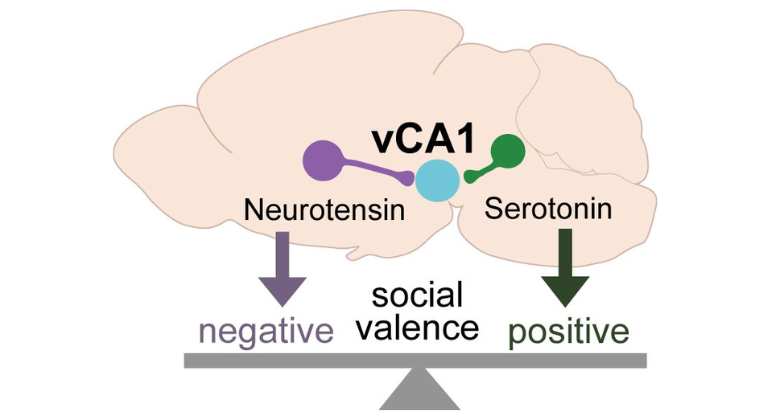
Mechanism by Which the Brain Weighs Positive vs. Negative Social Experience Is Revealed
Apr 30, 2025 View All Press Releases